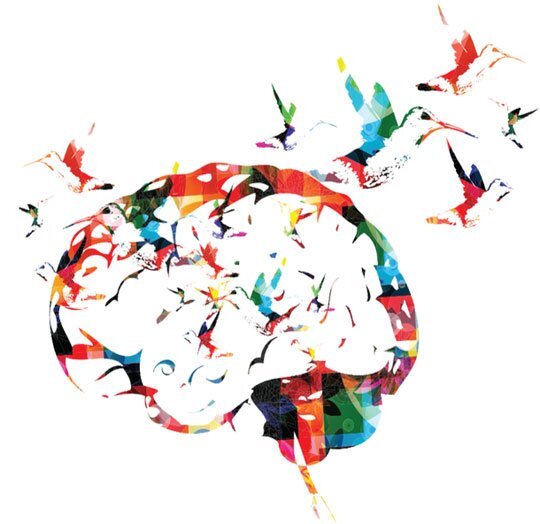The Importance of Knowing Seizure First Aid
When I heard that a teacher in our neighborhood school told her class that if someone has a seizure you should definitely put something in their mouth, I emailed the principal. I set up a seizure first aid training with all the teachers in the school. Sound drastic? It's really not. Seizure first aid is something that everyone should know. I've gone on the news to talk about it, tweeted about it, but in the past week I've realized that there are still so many people who don't know how to respond to a person having a seizure. So, here is the rundown plus some resources to get training on your own.
Just remember the 3 "S"s: Stay, Safe, Side1. Stay
First of all, take a deep breath and don't panic. Start timing the seizure (we'll get into why that is important), and stay with the person having the seizure throughout the seizure and during their recovery.

2. Safe
Make sure that the person is in a safe place. If the seizure has brought them to the floor, try to put something soft under their head. Keep them safe through their recovery time (post-ictal period) as well. Check to see if there is anything on them - a tight necklace, for example - that could impede their breathing. If there is, try to remove it or loosen it.
3. Side
If the seizure has brought the person to the floor, try and put them on their side. This way, they will not asphyxiate if anything comes up while they are having the seizure.
Things not to do:1. Do not put anything in the person's mouth
This is an old-fashioned myth: you cannot swallow your tongue. If a person having a seizure bites their tongue, I have to tell you, they’ve probably done that before - it’s just part of the deal. You can break someone's jaw by putting something hard in their mouth while they are seizing. No good can come from putting something in a person’s mouth while they are having a seizure. Don’t do it.
2. Do not restrain the person or hold them down
You need to let their body do what it is going to do. Just make sure that they are safe. Concentrate on trying to keep something under their head and timing the seizure. You cannot shake someone out of a seizure - the brain needs to run its course. Just stay with them while it does.
3. Do not call 911, unless...
You do not need to call 911 unless (1) the person has injured themselves in a way that you would call 911 anyway, (2) the seizure lasts for over five minutes (which you will know because you will have timed it!), (3) the person stops seizing and then starts again, or (4) the person is pregnant.
So, there's your overview of seizure first aid
Below are some resources for training and information. The LA Epilepsy Foundation has a quick 30 minute seizure first aid course, which is very useful and efficient. Now, you can take charge if you see someone having a seizure because you know what to do!
RESOURCES:
Epilepsy Foundation Seizure First Aid Course: https://learn.epilepsy.com/courses/seizure-first-aid-ready-ondemand?utm_campaign=firstaidpg&utm_source=efa&utm_medium=website&utm_content=body
Epilepsy Foundation Seizure First Aid and Recognition Information: https://www.epilepsy.com/recognition
Epilepsy Foundation Seizure First Aid Poster: https://www.epilepsy.com/sites/default/files/atoms/files/SFA%20Flier_HQ_8.5x11_PDF.pdf



